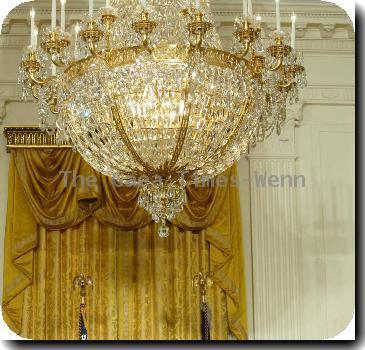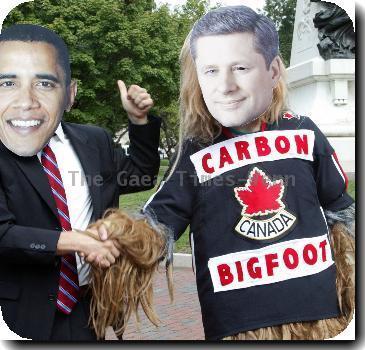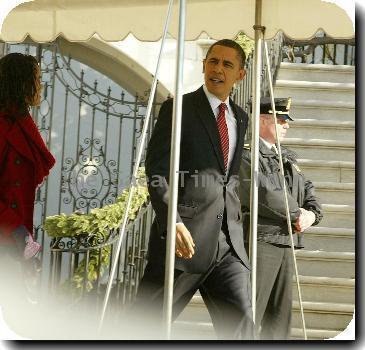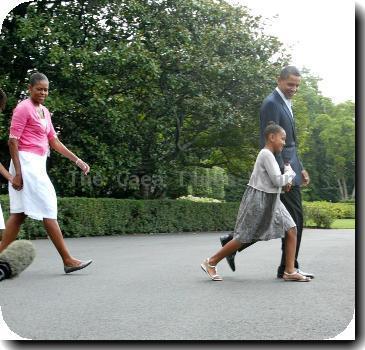Style, not substance, will be important factor in Dalai Lama’s meeting Thursday with Obama
By Foster Klug, APThursday, February 18, 2010
Dalai Lama-Obama meeting will be about style
WASHINGTON — The Dalai Lama’s meeting with President Barack Obama will be more about style than substance.
What the Dalai Lama and Obama say to each other will matter less than how the White House portrays the meeting Thursday, as Obama welcomes the exiled spiritual leader of Tibet’s Buddhists in a visit that has infuriated China.
Chinese officials will be watching closely to see how great a stage Obama offers to his fellow Nobel Peace Prize laureate, a man Beijing accuses of being a separatist. The Chinese want to know: How long will the meeting last? Will Obama’s wife attend? Will the White House put out a written statement or answer questions about the visit at daily press briefings? Will cameras be allowed to film any part of the encounter?
“The optics of this thing are incredibly important to the Chinese,” said Michael Green, former President George W. Bush’s senior Asia adviser. “The Chinese government is preoccupied with protocol and how things look.”
China’s feelings matter because the Obama administration needs Beijing’s help to confront nuclear standoffs in Iran and North Korea, to fight climate change and to boost the world’s economy. U.S.-Chinese relations have been strained lately, because of the Dalai Lama’s visit and the Obama administration’s approval of a multibillion-dollar arms sale to Taiwan, the self-governing democratic island that Beijing claims as its own.
Obama has to balance dealing with Chinese anger against criticism from U.S. lawmakers and activists that he already buckled to Chinese demands by not meeting with the Dalai Lama when the monk came to Washington in October.
It may not seem inflammatory to Americans accustomed to presidential meet-and-greets, but a public Dalai Lama-Obama appearance would enrage China, which believes that official foreign contact with the monk infringes on its sovereignty over Tibet.
With China in mind, the White House appears to be opting for a low-key meeting. There is unlikely to be a joint public appearance or photo opportunity before reporters. Instead, the White House will release an official photo. The visit will take place in the mansion’s Map Room, where presidents stage private meetings, not the more stately Oval Office, where Obama frequently meets with world leaders.
The Dalai Lama’s envoy, Lodi Gyari, said even a private meeting with Obama is a boost for Tibetans feeling marginalized by China. Green said just the “fact that they spend time together in an intimate setting means everything for the Tibetan cause.”
Although the Dalai Lama is revered in much of the world, Beijing accuses him of seeking to overthrow Chinese rule and restore a feudal theocracy in the expansive mountainous region. The Dalai Lama and analysts say that is untrue.
The Dalai Lama has met with U.S. presidents for the past two decades, but mostly in private encounters.
George W. Bush also met behind the scenes with the Dalai Lama. Bush broke with tradition in a big way, however, when he appeared at the public presentation in 2007 of a Congressional Gold Medal to the Dalai Lama, who fled his homeland to India in 1959 with members of his family and fewer than 100 other Tibetans during a failed uprising against China. Chinese troops had taken over Tibet in 1951.
Charles Freeman, an analyst at the Center for Strategic and International Studies think tank, said that while he does not believe Thursday’s meeting will cause lasting damage to U.S.-China relations, short-term repercussions could include a postponement of Chinese President Hu Jintao’s expected visit to Washington in April.
Despite China’s angry words, recent U.S.-China tension may be easing. On Wednesday, five American warships were allowed to dock for a port call in Hong Kong, a possible indication that Beijing does not want relations with Washington to worsen.
Associated Press writer Julie Pace contributed to this report.



